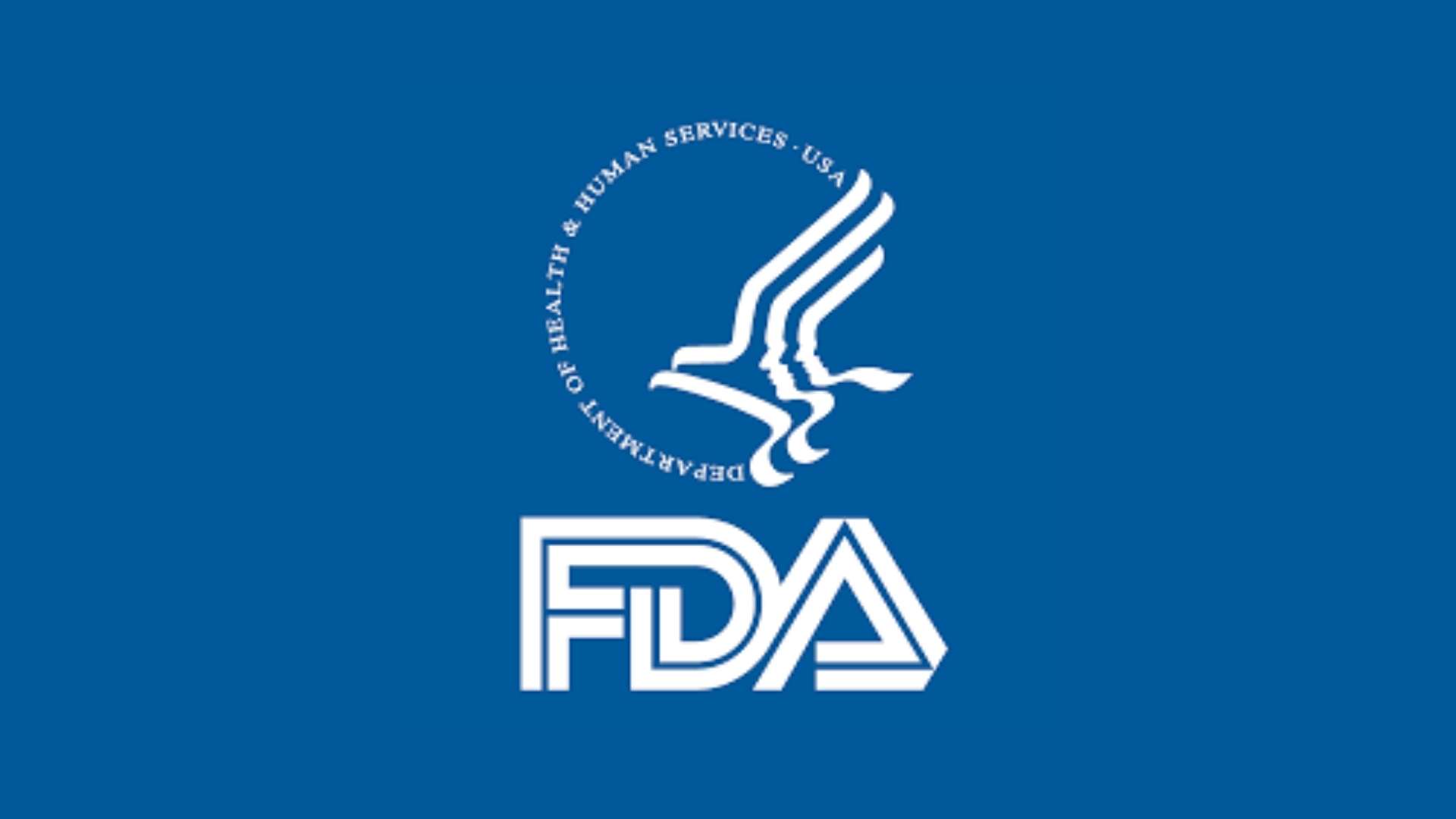The new article covers the aspects related to stratification for subject selection, as well as to site selection in the context of pivotal clinical investigations.

Table of Contents
The Food and Drug Administration (FDA or the Agency), the US regulating authority in the sphere of healthcare products, has published a guidance document dedicated to the design considerations for pivotal clinical investigations for medical devices. The document provides additional clarifications regarding the applicable regulatory requirements, as well as recommendations to be considered by medical device manufacturers and other parties involved to ensure compliance thereto. At the same time, provisions of the guidance are non-binding, nor are intended to introduce new rules or impose new obligations. Moreover, the authority explicitly states that an alternative approach could be applied, provided such an approach is in line with the existing legislation and has been agreed with the authority in advance.
Stratification for Subject Selection
The scope of the guidance covers, inter alia, the aspects related to the selection of study participants (subjects). Apart from the way the inclusion/exclusion criteria are to be determined, the authority also provides recommendations and clarifications regarding the stratification for subject selection. In this respect, the authority emphasizes the importance of ensuring the selected subjects adequately represent the target population for which the device in question is intended to be used. The FDA acknowledges that in some cases this goal cannot be achieved by merely selecting representative sites where the trials will be conducted. Hence, it could be necessary to distinguish additional subgroups and assess the safety and performance of the device for each of them separately. For instance, in case the product in question is intended to be used by both men and women, both of them should be represented among study participants. The same approach should be applied in the case of products intended to be used for patients of different ages.
According to the guidance, there are two broad types of techniques for the selection of subjects: stratified selection and selection just based on inclusion/exclusion criteria.
The stratification itself provides that the target population should be divided into subgroups, that should be pre-specified, and should not overlap. As further explained by the FDA, stratified selection of subjects means that subjects are selected separately from each subgroup (stratum). The characteristics considered when dividing study subjects into groups should be duly recorded before the commencement of a trial. For instance, the study subjects could be divided into subgroups based on sex and age. According to the guidance, stratified subject selection not only ensures adequate representation of important subgroups but may also provide estimates of device performance that are statistically more precise. The authority also encourages medical device manufacturers and study sponsors to get in touch to discuss the applicable approach in advance in case the device in question is expected to perform differently when used for different subgroups. However, in case the performance of the device is not expected to be different for different subgroups, all study participants could be enrolled without considering the stratification criteria, but using the general inclusion/exclusion criteria instead. As a separate comment, the FDA mentions that in case of a study taking place in different sites, it is also important to consider the aspects retailed to stratification.

Site Selection
Another impotent matter described in the guidance relates to site selection. According to the document, sponsors should select subject enrolment sites (centers) that are appropriate for the intended use of the device. The authority also mentions that for diagnostic devices, testing sites are usually different from the subject enrollment sites.
The document further highlights the key points to be considered concerning the site selection. For instance, it is stated that in case there is only one site involved, it is easier to coordinate the study, so it will require fewer resources but at the same time will address a more homogeneous subject population covering fewer variables. Due to this, a study with only one site involved (single-center study) usually is not appropriate for a pivotal clinical study.
The more common approach is to conduct studies with multiple sites involved to demonstrate consistency in the results achieved. In such cases, it will also be easier to enroll study participants, and it also takes less time to achieve the sample size required. Thus, a multicenter study allows for ensuring the accuracy and reliability of the results, providing the possibility to generalize them. In this respect, the authority mentions that differences in outcomes among centers are very important in the evaluation of medical device study outcomes because they may reflect differences in the subject selection, surgical technique, and clinician skills, as well as any learning curve, all of which could bias interpretation of study results. To address the impact of the abovementioned factors, the authority encourages sponsors of investigations to combine study results from several centers.
The authority additionally emphasizes the importance of taking into consideration specific aspects related to the target population and study subjects enrolled. Apart from the general ones, it is important to consider the matters related to the severity of the disease or condition the device in question is used to address, as well as the risks associated thereto.
In summary, the present guidance provides additional clarifications regarding the way stratification should be applied in the context of subject selection for pivotal clinical investigations. The document also describes the key points related to the site selection. In particular, the authority outlines differences between single-center and multicenter studies in terms of the complexity of conducting a trial or analyzing the results.
Sources:
How Can RegDesk Help?
RegDesk is a next-generation web-based software for medical device and IVD companies. Our cutting-edge platform uses machine learning to provide regulatory intelligence, application preparation, submission, and approvals management globally. Our clients also have access to our network of over 4000 compliance experts worldwide to obtain verification on critical questions. Applications that normally take 6 months to prepare can now be prepared within 6 days using RegDesk Dash(TM). Global expansion has never been this simple.

